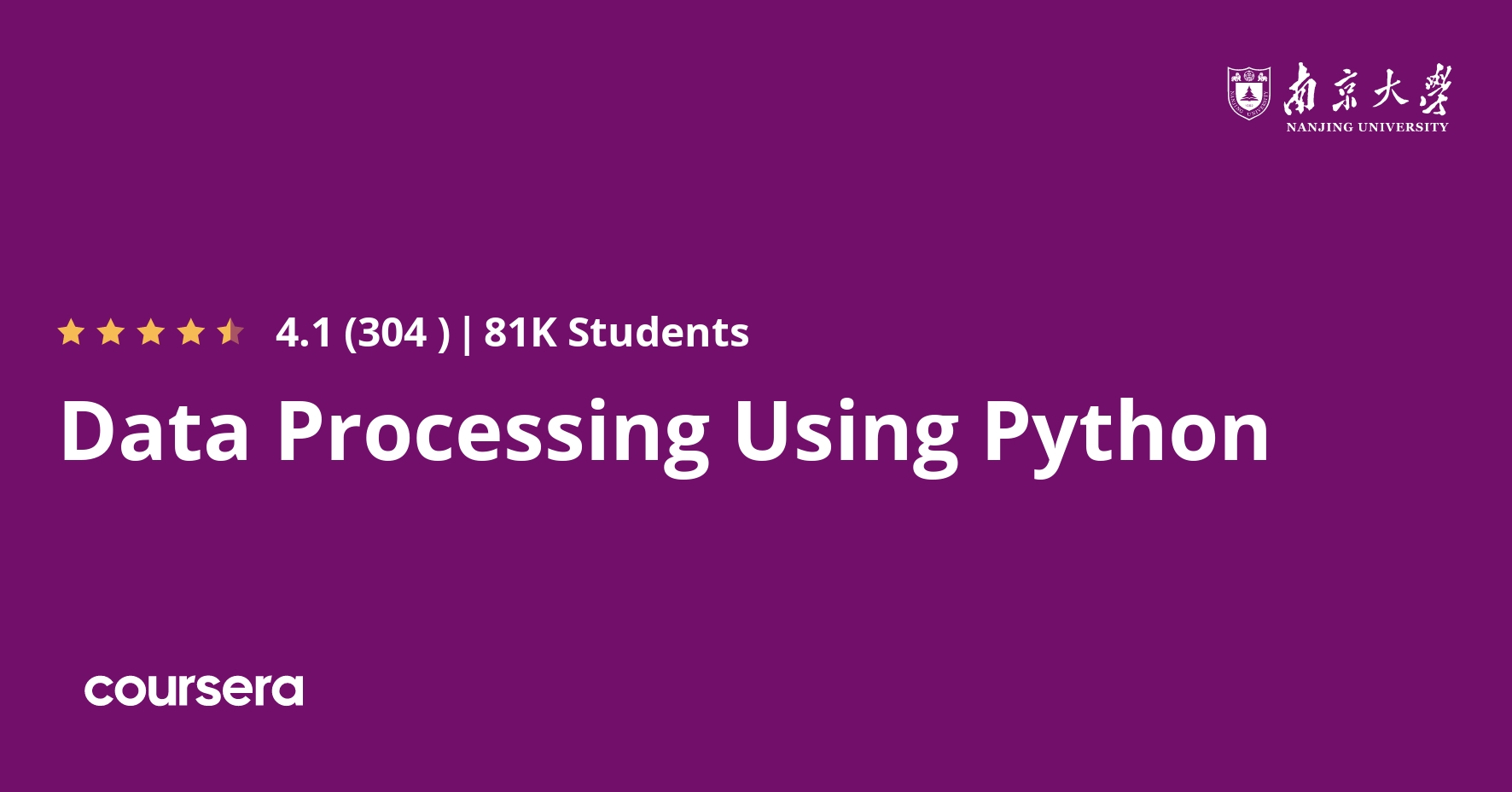Description
This course (The English copy of “用Python玩转数据” ) is mainly for non-computer majors. It starts with the basic syntax of Python, to how to acquire data in Python locally and from network, to how to present data, then to how to conduct basic and advanced statistic analysis and visualization of data, and finally to how to design a simple GUI to present and process data, advancing level by level.
This course, as a whole, based on Finance data and through the establishment of popular cases one after another, enables learners to more vividly feel the simplicity, elegance, and robustness of Python. Also, it discusses the fast, convenient and efficient data processing capacity of Python in humanities and social sciences fields like literature, sociology and journalism and science and engineering fields like mathematics and biology, in addition to business fields. Similarly, it may also be flexibly applied into other fields.
The course has been updated. Updates in the new version are :
1) the whole course has moved from Python 2.x to Python 3.x
2) Added manual webpage fetching and parsing. Web API is also added.
3) Improve the content order and enrich details of some content especially for some practice projects.
Note: videos are in Chinese (Simplified) with English subtitles. All other materials are in English.
What you will learn
Welcome to learn Data Processing Using Python!
Hi, guys, welcome to learn “Data Processing Using Python”(The English version of “用Python玩转数据”, url is https://www.coursera.org/learn/hipython/home/welcome)!In this course, I tell in a manner that enables non-computer majors to understand how to utilize this simple and easy programming language – Python to rapidly acquire, express, analyze and present data based on SciPy, Requests, Beautiful Soup libraries etc. Many cases are provided to enable you to easily and happily learn how to use Python to process data in many fields.
Basics of Python
Hi, guys, welcome to learn Module 01 “Basics of Python”! I’ll first guide you to have a glimpse of its simplicity for learning as well as elegance and robustness. Less is more: the author of Python must know this idea well. After learning this module, you can master the basic language structures, data types, basic operations, conditions, loops, functions and modules in Python. With them, we can write some useful programs!
Data Acquisition and Presentation
Welcome to learn Module 02 “Data Acquisition and Presentation”! After learning this module, you can master the modes of acquiring local data and network data in Python and use the basic and yet very powerful data structure sequence, string, list and tuple in Python to fast and effectively present data and simply process data.
Powerful Data Structures and Python Extension Libraries
Welcome to learn Module 03 “Powerful Data Structures and Python Extension Libraries”! Have you felt you are closer to using Python to process data? After learning this module, you can master the intermediate-level and advanced uses of Python: data structure dictionaries and sets. In some applications, they can be very convenient. What’s special here is that, you can also feel the charm of such concise and efficient data structures: ndarray, Series and DataFrame in the most famous and widely applied scientific computing package SciPy in Python.
Python Data Statistics and Mining
Welcome to learn Module 04 “Python data statistics and mining”! In this module, I will show you, over the entire process of data processing, the unique advantages of Python in data processing and analysis, and use many cases familiar to and loved by us to learn about and master methods and characteristics. After learning this module, you can preprocess the data and fast and effectively mine your desired or expected or unknown results from a large amount of data, and can also present those data in various images. In addition, the data statistics modes of all third party packages in Python are extraordinarily and surprisingly strong, but we, as average persons, can still understand and possess them.




